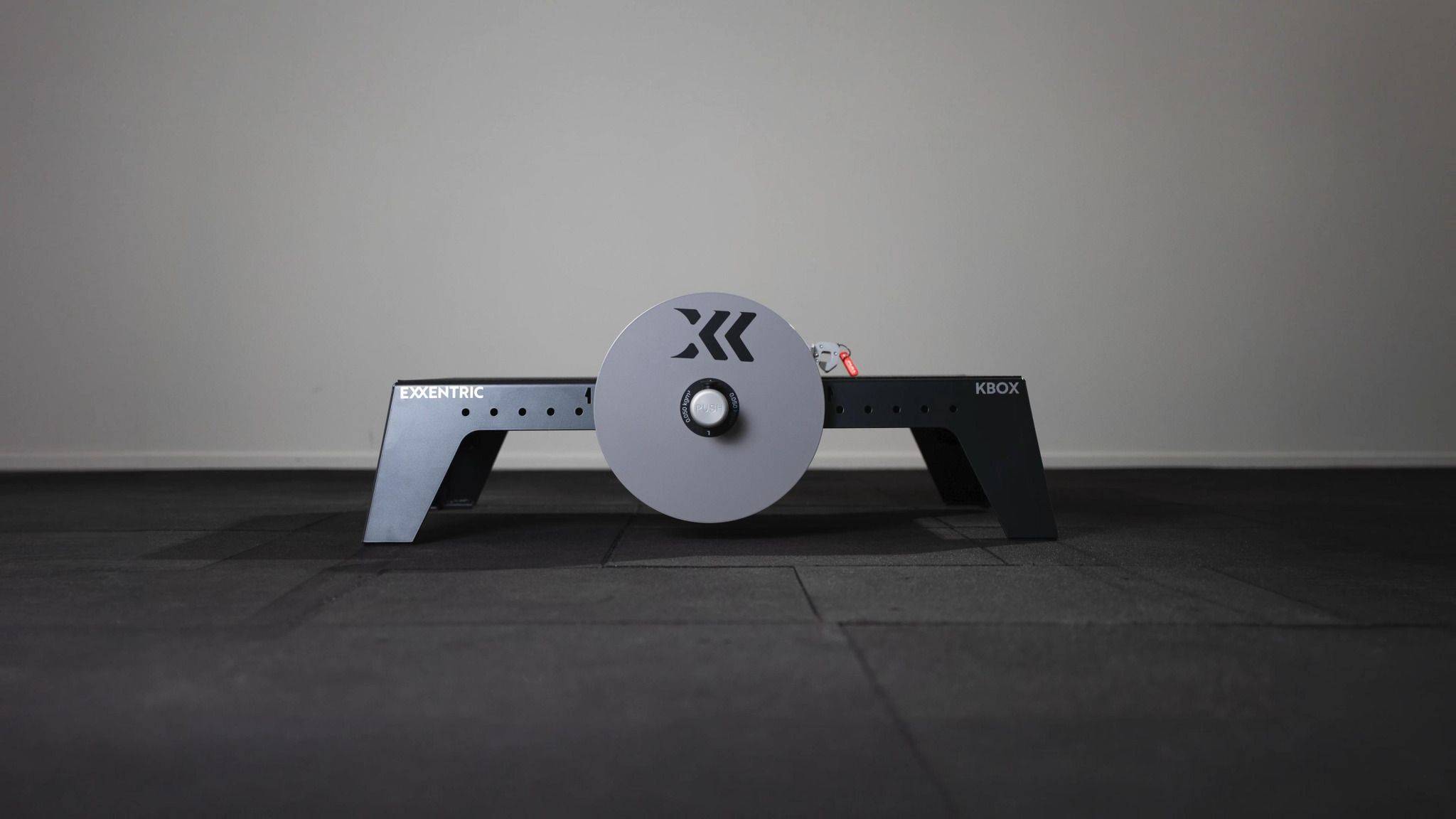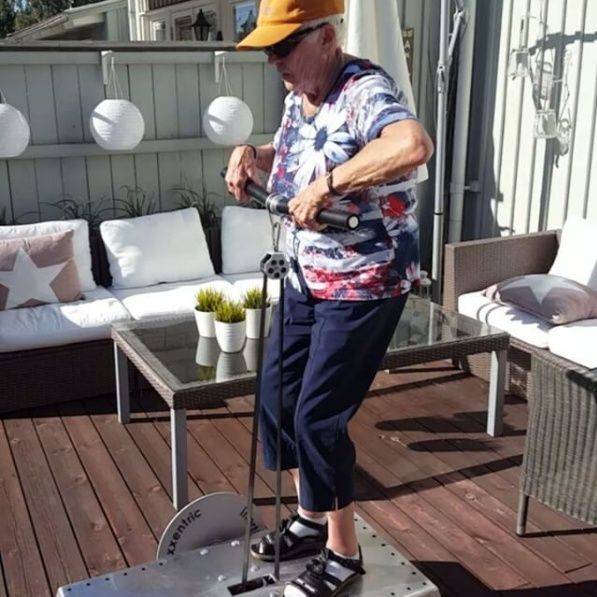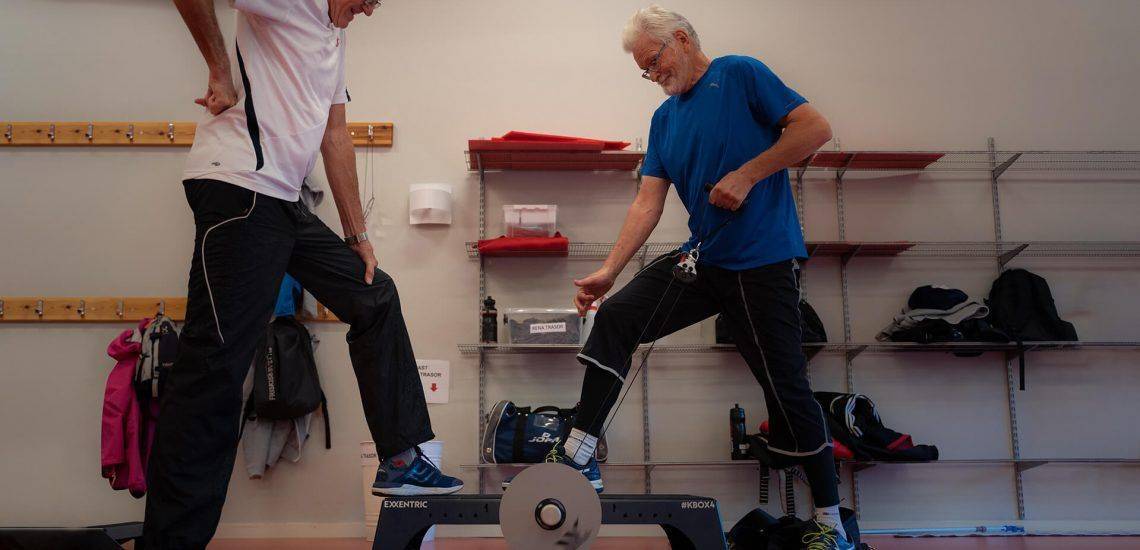Heavy resistance training plays a crucial role in maintaining muscle strength and function as we age. In this blog, CEO Fredrik Correa explores recent research highlighting how such training contributes to long-term health in older adults.
As the global population continues to age, one of the biggest challenges we face is helping people maintain their independence and quality of life. With age, muscle function declines, often leading to a loss of autonomy. But what if we could slow down or even reverse some of those effects? That’s where resistance training comes in.
This recent study found that just one year of heavy resistance training at retirement age helped maintain strength for up to four years. Even among relatively healthy participants, the results were impressive, showing the potential for long-term strength retention through targeted, high-load training.
This study provides powerful evidence that heavy resistance training is not just a short-term solution for aging adults—it’s a long-lasting one. By incorporating these findings, trainers, physiotherapists, and policymakers can better support older individuals in leading active, autonomous lives well into their later years.
Discover why high-intensity, heavy-load resistance training could be the key to helping your clients age successfully!
Introduction
As we age, it’s no secret that muscle function declines. While resistance training can help slow the loss of both muscle mass and strength, the effects from shorter training programs—typically lasting 6 to 9 months—tend to diminish after about a year. However, long-term data is limited, leaving a gap in our understanding of how resistance training impacts older adults over extended periods.
Previously, one study found that only high-intensity training (as opposed to low-intensity) preserved strength gains after nearly a year of detraining. Another large study revealed that strength could be maintained for a full year after heavy resistance training, while moderate training didn’t yield the same long-lasting effects.

This points to an important takeaway: heavy loads and high-intensity training may be necessary for aging individuals to experience lasting benefits. In this study, the researchers explored whether a year of supervised, heavy-load resistance training could still produce measurable benefits three years after training, particularly in older adults around retirement age.
Methods
 The analysis is part of the ongoing LISA study, with follow-ups planned at 7 and 10 years. In the study, 451 older adults were divided by sex, BMI, and chair-rise performance into three groups:
The analysis is part of the ongoing LISA study, with follow-ups planned at 7 and 10 years. In the study, 451 older adults were divided by sex, BMI, and chair-rise performance into three groups:
- Heavy-load resistance training (HRT)
- Moderate-intensity training (MIT)
- Control group
The HRT group trained at a gym three times a week with a full-body program using machines, performing 3 sets of 6–12 reps at 70–85% of their 1RM (maximal load). The MIT group trained once weekly at a hospital and twice at home using resistance bands, mimicking the HRT exercises but at a lower intensity (50–60% of 1RM). The control group was encouraged to maintain their usual physical activity.
Participants underwent health screenings, DXA scans, strength tests, and MRIs at baseline, after the intervention (1 year), and at 2- and 4-year follow-ups. Daily physical activity was monitored via accelerometers for five days.
Statistical analysis used mixed-model ANOVAs to evaluate strength and body composition changes across all time points, adjusting for sex and age. The significance level was set at p<0.006.
Results

After 4 years, 369 participants completed follow-ups (HRT: 128, MIT: 126, CON: 115). Those who dropped out were generally heavier and had higher BMI, but their response to the initial training did not differ from those who stayed. Participants, on average, were 71 years old, and no significant differences were found between the groups at the start or end of the study.
Key Findings:
- Strength: HRT maintained leg strength after 4 years, while the control group (CON) showed a significant decline, and MIT saw a smaller, non-significant reduction.
- Muscle Mass: HRT preserved lean body mass, while MIT and CON experienced declines.
- Fat: Visceral fat remained stable in HRT and MIT but increased in CON.
Discussion
Overall, heavy resistance training (HRT) showed clear advantages in maintaining strength and muscle mass over time, compared to moderate training or no intervention.
Heavy resistance training (HRT) led to long-lasting improvements in leg strength, even though lean muscle mass declined slightly. These benefits likely stem from neural adaptations, which can enhance muscle function independently of muscle size. Maintaining overall muscle strength is crucial, as it’s linked to lower mortality risk in older adults.
Interestingly, both HRT and moderate training (MIT) maintained visceral fat levels, suggesting that some health benefits from resistance training aren’t solely dependent on training intensity. However, HRT clearly outperformed MIT in preserving muscle function over time.
The study’s large sample size and high participant retention (82% at year 4) reinforce the reliability of these findings, although the group was generally healthier and more active than the average aging population.
How can flywheel training fit in?

Flywheel training, using devices like the kBox and kPulley, offers a powerful tool for achieving even better results than traditional resistance training. The key advantage of flywheel training is its ability to provide variable resistance, maximizing both concentric and eccentric muscle activation.
This makes it particularly effective in promoting neuromuscular adaptations and maintaining strength as we age. Flywheel training is also low-impact and adaptable, making it ideal for older adults who need safe yet effective training methods.
Implementing this into routines can potentially yield faster, more durable improvements in muscle strength and functional capacity, further enhancing the long-term benefits shown in this study.
If you want to know more about how to maintain or build strength as you age, in the comfort of your own home, don’t hesitate to reach out!
Here is one of many workouts we have to offer for our users if you are interested to see the kBox in action!
Happy DOMS!
References
-
Bloch-Ibenfeldt M, Theil Gates A, Karlog K, Demnitz N, Kjaer M, Boraxbekk CJ. Heavy resistance training at retirement age induces 4-year lasting beneficial effects in muscle strength: a long-term follow-up of an RCT. BMJ Open Sport Exerc Med. 2024 Jun 18;10(2):e001899. doi: 10.1136/bmjsem-2024-001899. PMID: 38911477; PMCID: PMC11191791. https://www.ncbi.nlm.nih.gov/pmc/articles/PMC11191791/



